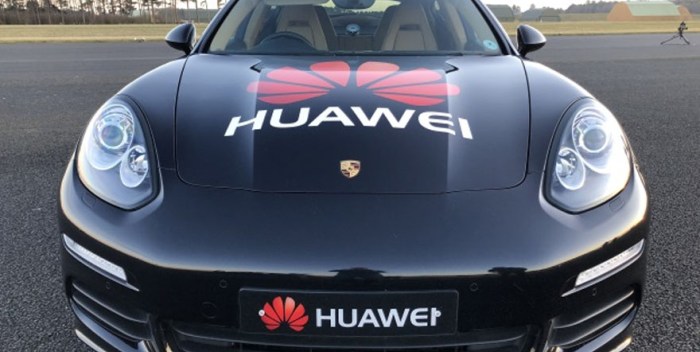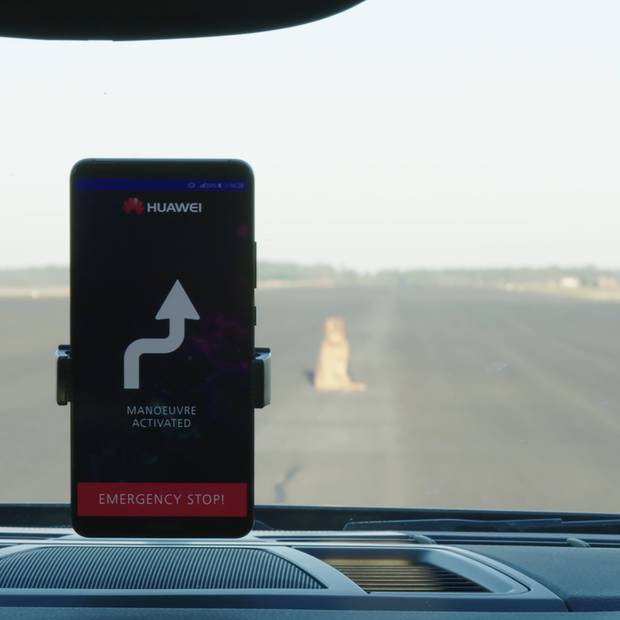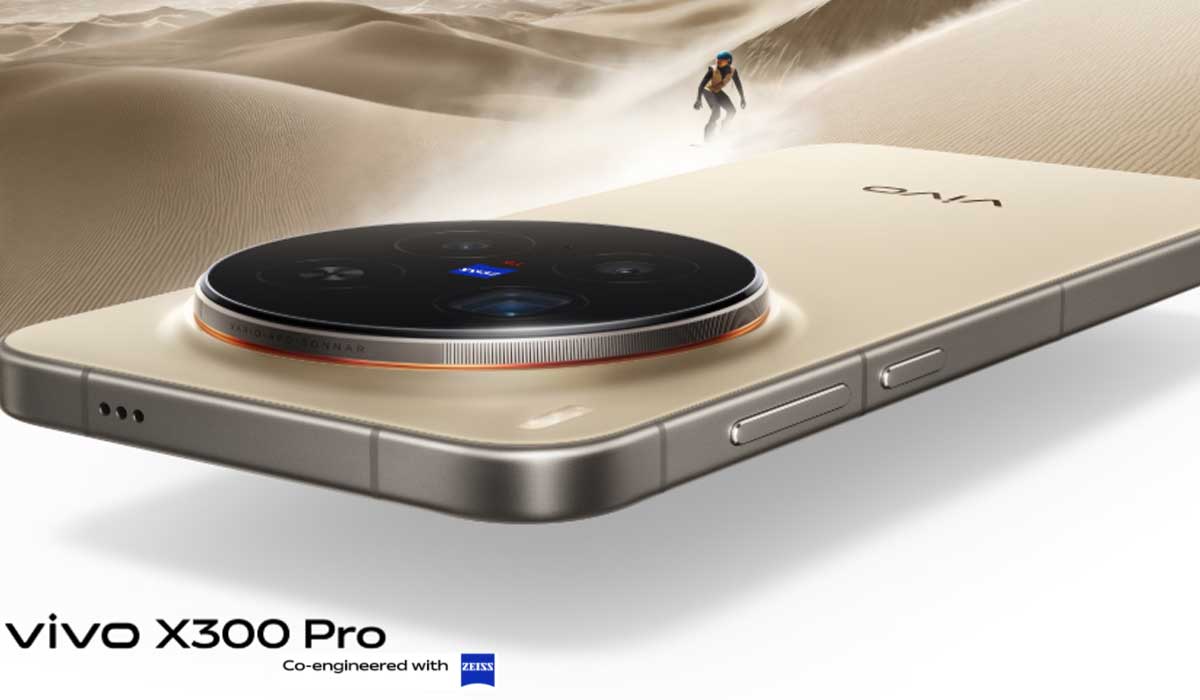We have been hearing quite a lot about the self-driving cars lately. And there’s no doubt that self-driving cars are the future of the cars. These driverless cars detect the obstacles around it with the help of Artifical Intelligence. The use of AI has immensely increased in every sector and it seems that it has greatly affected the car industry as well. And this time Huawei has taken it to the next level.
Huawei, one of the global technology leader, has become the first mobile manufacturer in the world to use an AI-powered smartphone to drive a car. The ‘RoadReader’ project pushes the boundaries of Huawei’s object recognition technology and puts the learning capabilities, speed and performance of its AI-powered devices to the test. If you are a tech enthusiast you probably know that most autonomous cars currently being developed rely on the computing power of purpose-built chips developed by third-party technology providers. However, Huawei uses technologies that are already available in its smartphones, demonstrating its superior functionality and ability to stand up to even the most advanced technology developed for self-driving cars.
Huawei Mate 10 Pro uses AI to automatically recognize objects like cats, dogs, food, and other objects. The Huawei Mate 10 Pro offers ultimate performance, with the world’s first AI processor bringing users a faster, stronger and seamless smartphone experience. Huawei’s ‘RoadReader’ project is taking advantage of the AI capabilities by using its flagship, Huawei Mate 10 Pro. Unlike other driverless cars, which simply detects obstacles, Huawei has transformed a Porsche Panamera into a driverless vehicle that doesn’t just see, but crucially, understands its surroundings. This means that it can distinguish between thousands of different objects including a cat and a dog, a ball or a bike and learn to take the most appropriate course of action.
Our smartphone is already outstanding at object recognition. We wanted to see if in a short space of time we could teach it to not only drive a car but to use its AI capabilities to see certain objects and be taught to avoid them.
– Andrew Garrihy, CMO, Huawei Western Europe
How Does it Work?
1. Scanning
The camera scans the road ahead and streams its image data wirelessly using a Teradek Bolt 3000.
2. Detection
The camera detects the object and passes this data to an HDMI converter, then turns this data into a UVC protocol which is directly read by the Mate 10 Pro, through its USB-C.
3. Object Recognition
Data is sent to AI chip which identifies the object. The Mate 10 Pro’s NPU (Neural Processing Unit) uses a complex object recognition algorithm (Tensor Flow), then NPU interprets the image data and matches the object from its model library of 1000s of images.
4. Selecting Avoidance Manoeuvre
The Mate 10 Pro then initiates the appropriate avoidance maneuver for the car to make.
5. Smart Manoeuvring
The Mate 10 Pro sends the car’s robotic system a series of commands (reduce throttle, apply the brakes, turn the steering wheel etc). The commands are sent from the phone via WiFi using UDP (User Datagram Protocol).
-
The Wait is Over: Vivo X300 Pro Finally Launched in Nepal!HIGHLIGHTS Vivo X300 Pro price in Nepal starts at Rs. 1,79,999 for the 16/512GB variant.…
-
Royal Enfield Bikes Price in Nepal (December 2025 Updated)This is the complete list of Royal Enfield bikes price in Nepal for 2025. In…
-
CFMoto 250 Dual Set to Launch in Nepal: Can It Outplay the XR 190L and XPulse 210?HIGHLIGHTS CFMoto 250 Dual price in Nepal is expected to be below Rs. 6 Lakhs.…
















